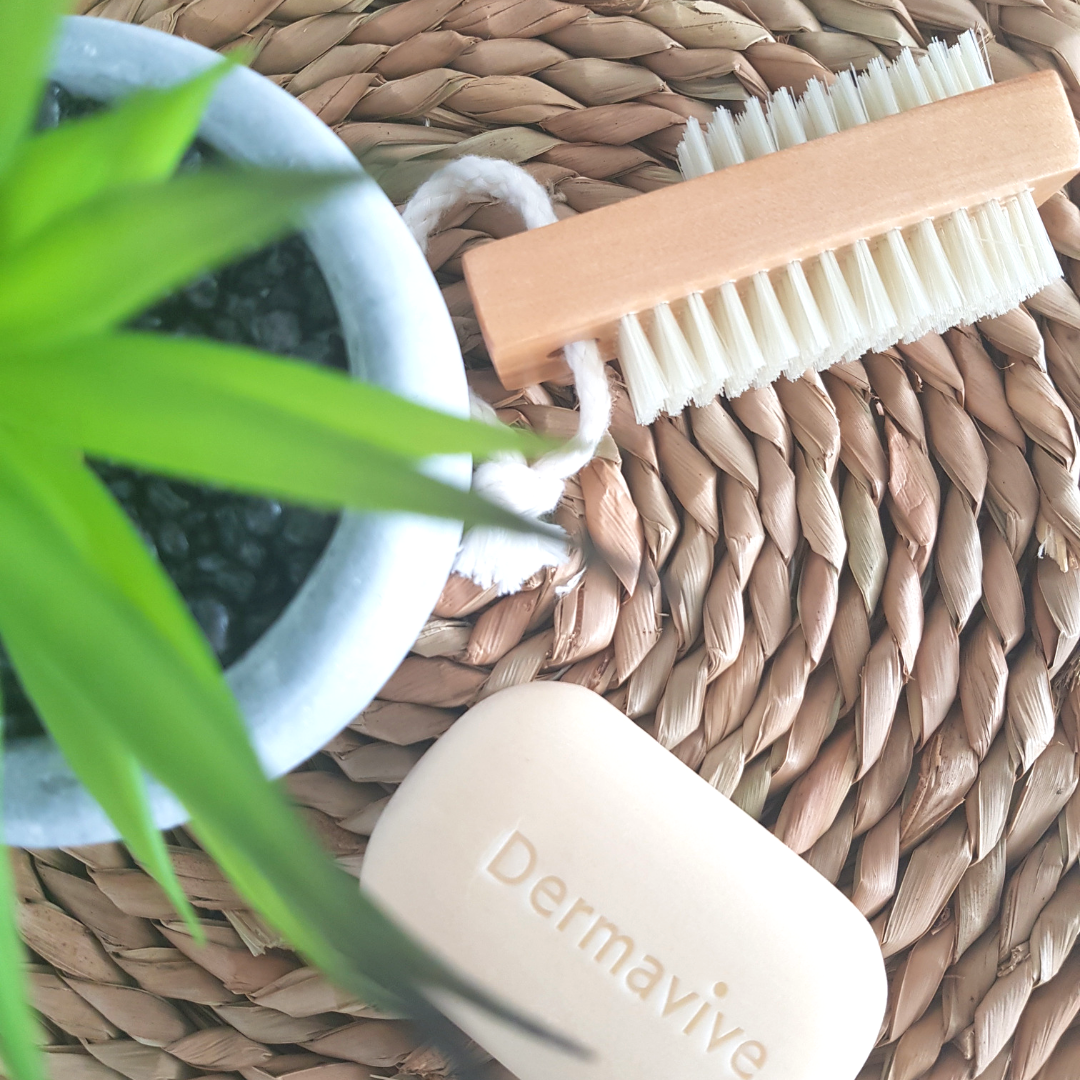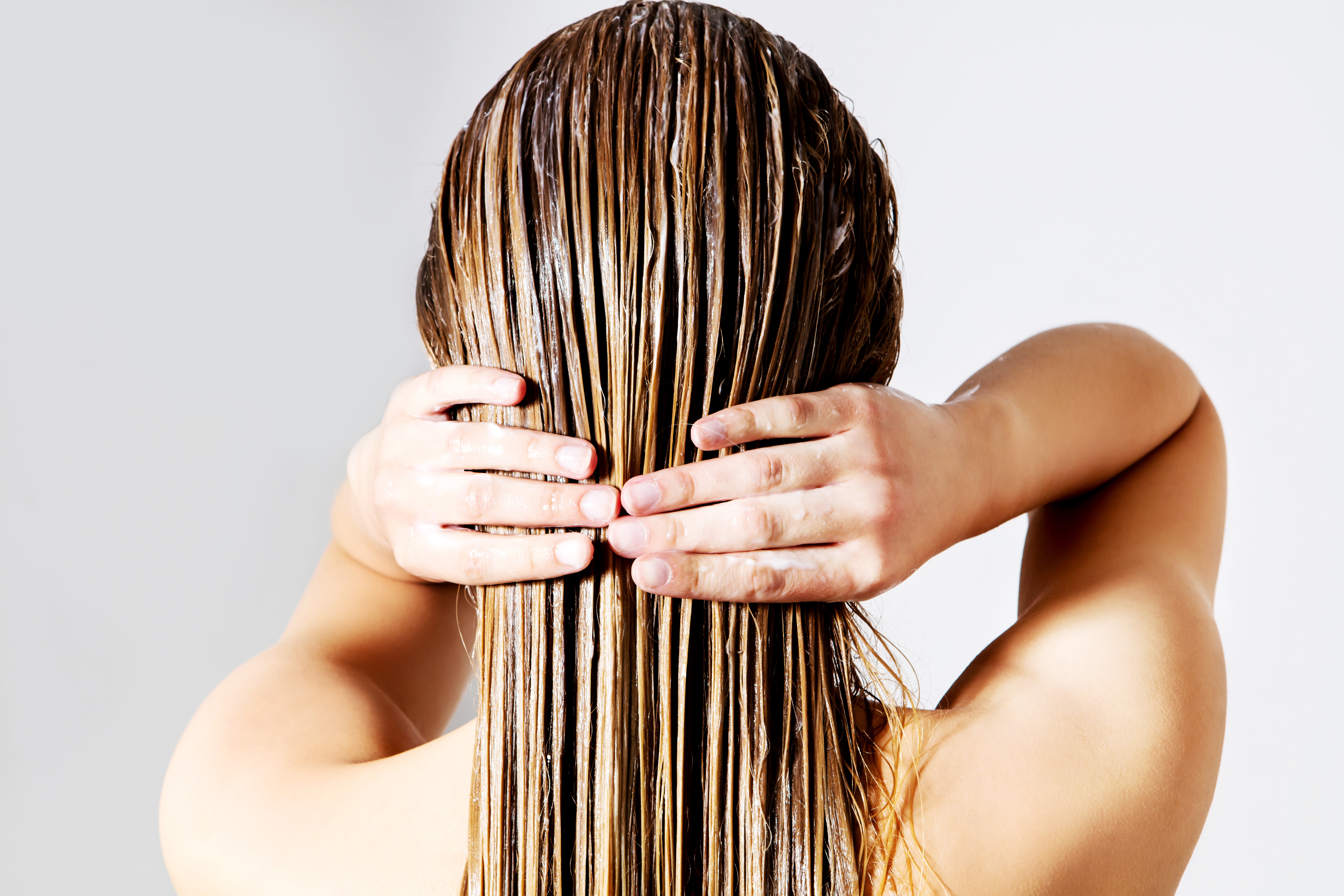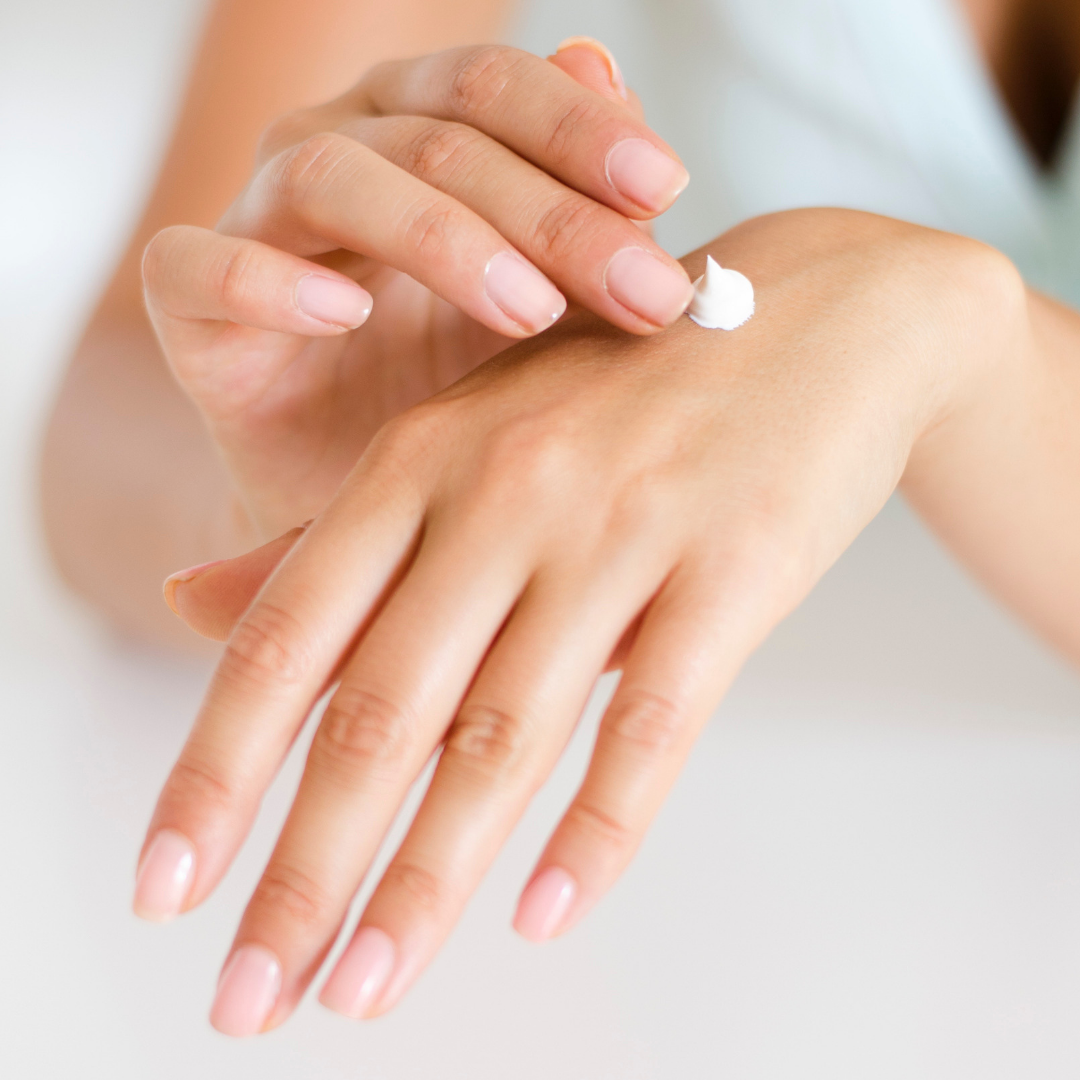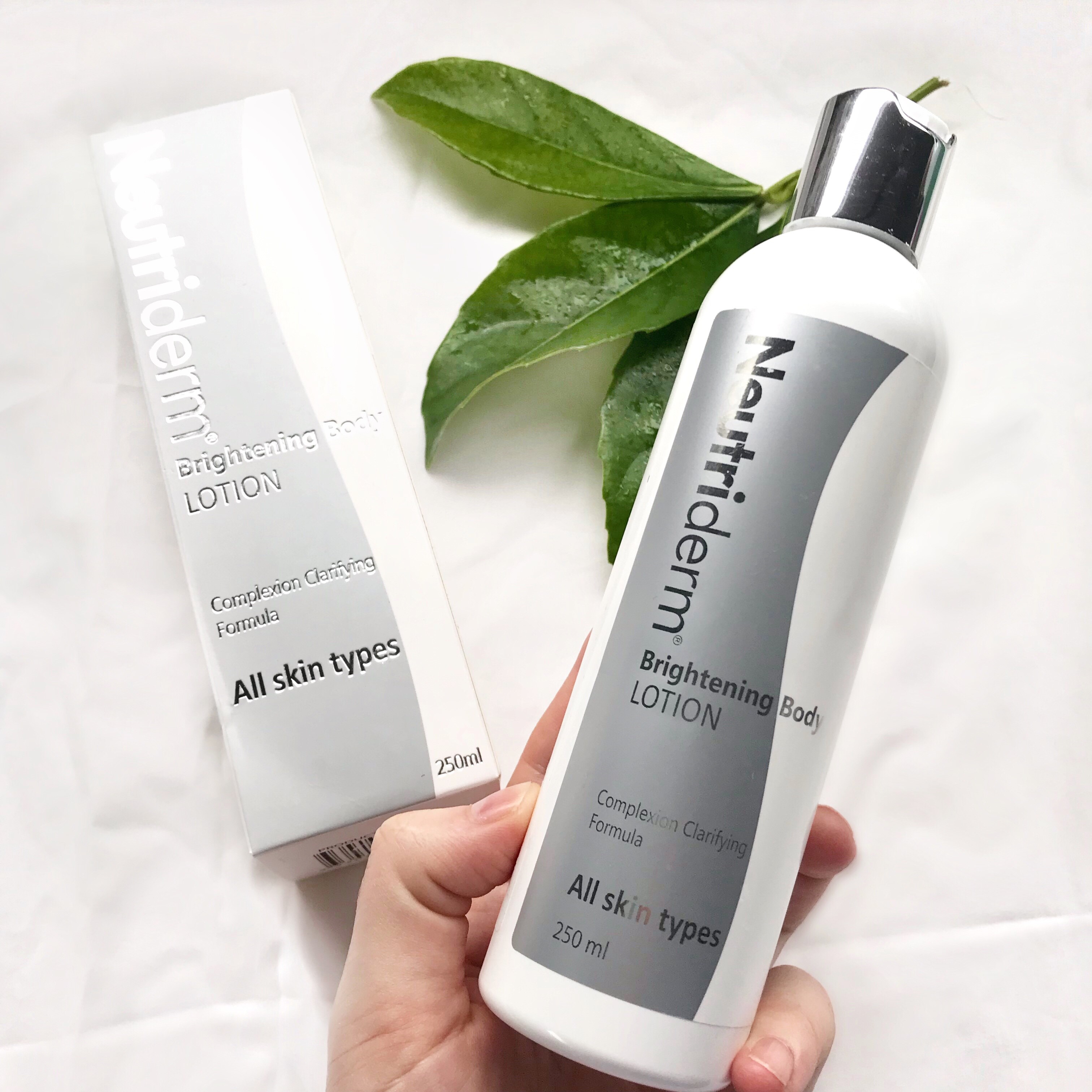Is your soap drying your skin? Leaving it feeling stripped of its natural oils? This is a common concern of avid soap users, but before you switch your beloved bar of soap for a gel cleanser, there is an alternative - and while it may look and feel like soap, it's actually soap-free!
1. What is a Soap-less Soap?
A soap-less soap, technically known as a Syndet (which stands for synthetic detergent) and most commonly marketed as a Cleansing Bar, contains no oils or fats - which are known to strip the skin's natural moisture and raise the pH of the skin.
The ingredients used in soap-less soaps however are formulated to bind with dirt within the skin to wash away impurities without removing the skin's natural oils. They do this with a pH balancing formulation which is designed to maintain harmony within the skin. When the skin's acid mantle is regulated with the use of pH balanced skin care, the skin functions at its best.
It's important to note that the soap industry is unregulated and therefore some Cleansing Bars do in fact contain soap - so always read your labels carefully.
2. Why is pH vital for skin health?
The pH of our skin directly impacts the acid mantle. The acid mantle is responsible for protecting our skin against external influences such as bacteria, pollution, allergens and environmental damage such as UV rays. It also counteracts the effects of nasty skin care ingredients. For our skin to remain balanced, the acid mantle will need to remain at a slightly acidic pH level of 4.5-5.5.
3. Why do Soap-less Soaps make great cleansers?
Soap-less soaps are gentle on the skin's acid mantle as they are less alkaline than a regular soap. Rather than containing a pH that ranges from 8-10 like a regular soap, soap-less soaps are formulated with a neutral pH which is far less irritating. Not only are soap-less soaps more nourishing for inflammatory skin conditions such as dry skin, or acne-prone skin, they minimise the stripping of the skin's natural oils, therefore causing less disruption to the skin's acid mantle. These products are a gentler alternative to removing dirt and excess sebum from the skin while supporting it with anti-inflammatory ingredients which offer natural cleansing actions called saponins.
4. Which skin types benefit from a soap-less soap?
Oily Skin: Sebum rich pores require a cleanser that will regulate the overproduction of oil. A soap-free soap can do this without the stripping affects of a regular soap which would generally lead to itching and over-drying. We recommend Dermavive Oily Skin Cleansing Bar to regulate and nourish without stripping those precious oils completely.
Dry Skin: Moisture-poor skin is prone to flare ups and inflammation. A nourishing pH balanced soap-free cleansing bar can hydrate the skin with its moisture restoring properties as well as cleansing the skin of dirt and bacteria. For long-lasting hydration we recommend Dermavive Dry Skin Cleansing Bar which will restore moisture levels and reduce the common irritations of dry skin instantly.
Acne & Sensitive Skin: Soap-free cleansing bars are designed specifically for skin's that react to high pH products. Inflammatory skin conditions such as acne generally react to harmful ingredients. For reactive skin conditions we recommend the Dermavive Acne & Sensitive Skin Cleansing Bar. With a colloidal oatmeal base, it will reduce flare ups, maintain moisture levels and fight bacteria.






